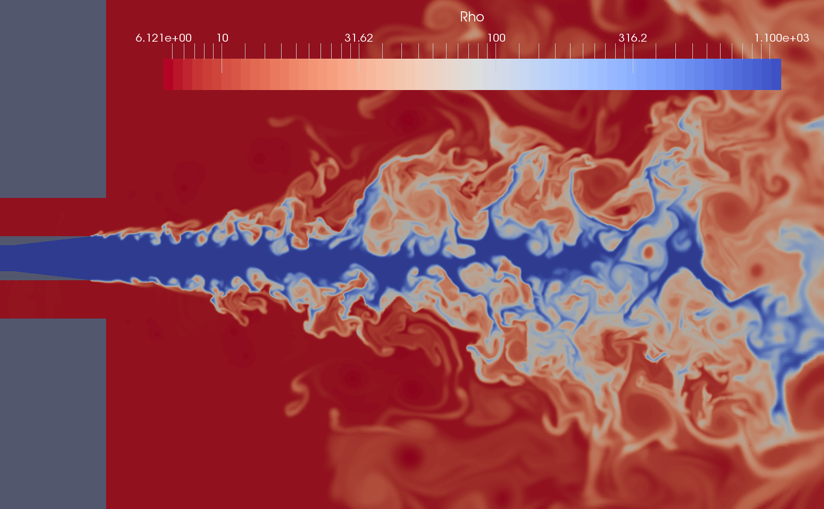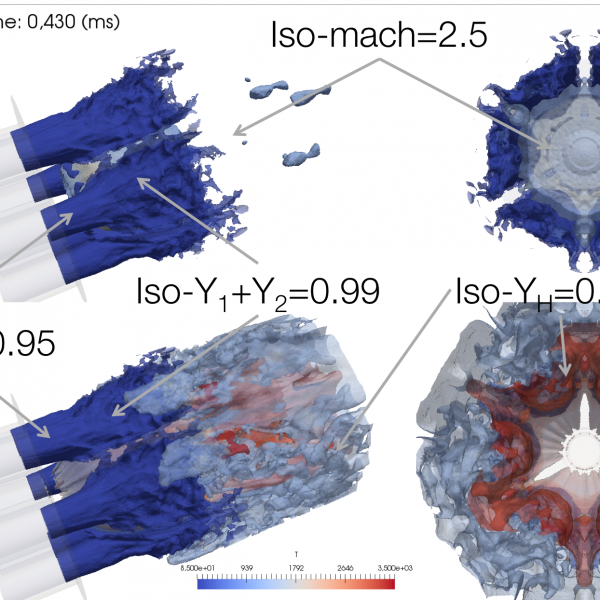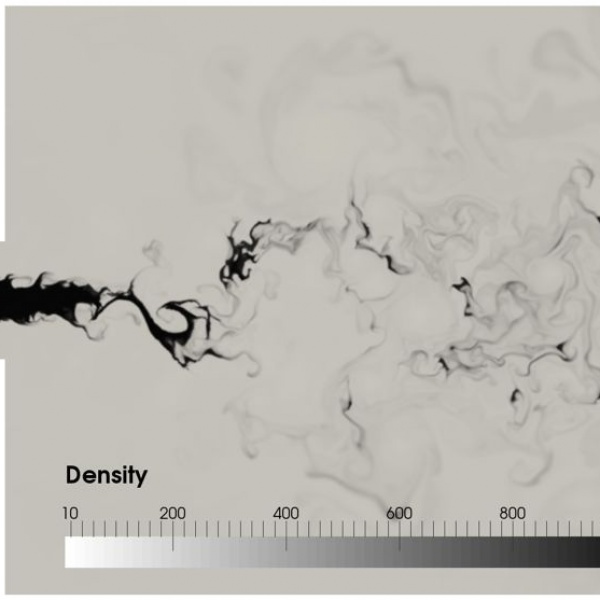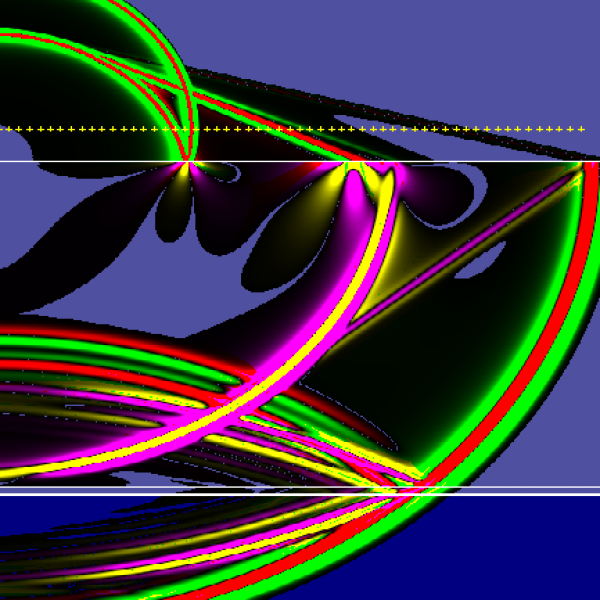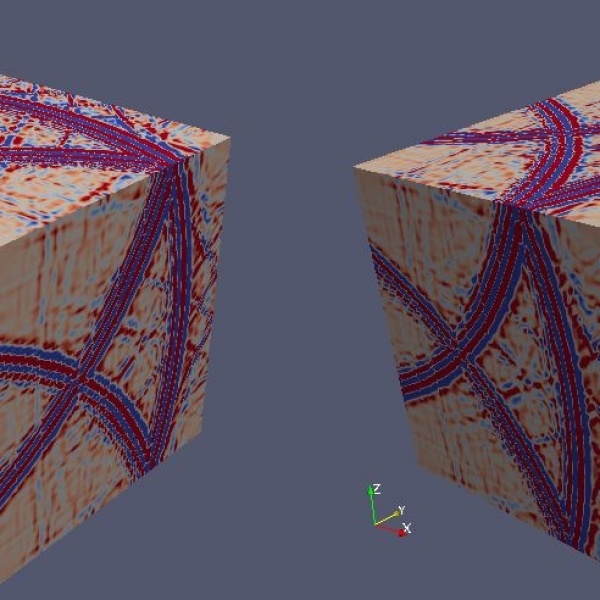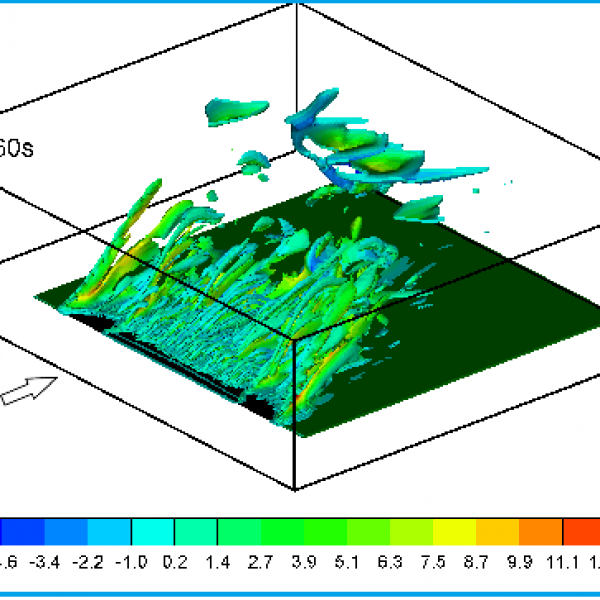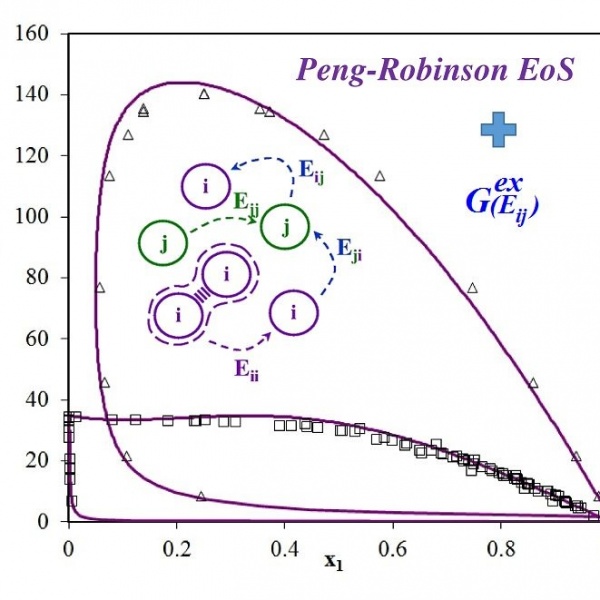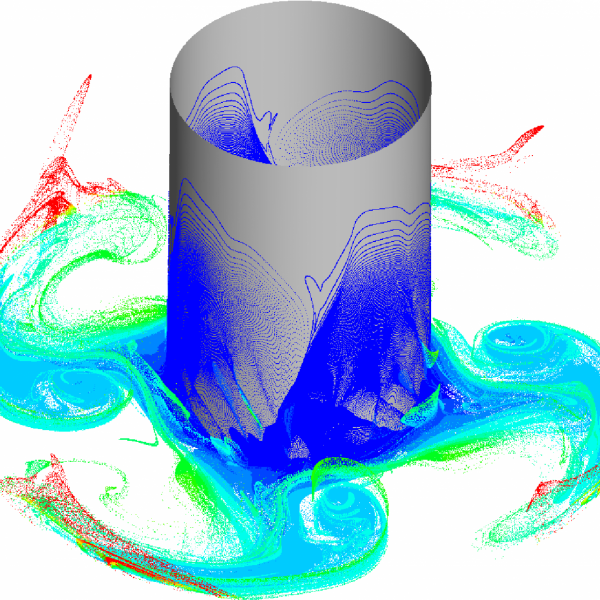11 juin 2025
- Energétique, aérodynamique et intensification des jets d’arcs de coupage plasma / Soutenance de thèse de Frederic CAMY-PEYRET
Doctorant : Frederic CAMY-PEYRET
Date et lieu : le 11 juin à 14h00 ; amphi N°3 - Centrale Méditerranée
Résumé : Le procédé de découpe plasma des matériaux conducteurs d’électricité, en particulier des métaux, est l’un des trois grands procédés de découpe thermique des tôles, avec le laser et l’oxycoupage. Ce procédé s’est progressivement répandu dans l’industrie depuis les années 70, et est aujourd’hui incontournable dans les activités de construction et de fabrication métallique. Les améliorations de cette technologie ont historiquement été apportées par les équipementiers industriels en utilisant une approche très empirique et technologique, probablement en raison de la faible intensité en R&D fondamentale du secteur, et surtout de la complexité multi-physique de la phénoménologie des jets plasmas utilisés en découpe des métaux. Ceux-ci peuvent en effet être décrits par un écoulement trans-sonique sous-détendu dans une tuyère sonique de taille millimétrique, au col de laquelle une colonne plasma fortement ionisée est chauffée au-delà de 20000 K par le passage d’un courant électrique.
La complexité de l’objet d’étude réside dans les nombreux effets physiques, souvent eux-mêmes difficiles à appréhender isolément, qui peuvent a priori contribuer à déterminer la structure du jet plasma : propriétés thermodynamiques et coefficients de transport du plasma, géométrie de la tuyère et son aérodynamique, pression, intensité du vortex, turbulence, transferts radiatifs à haute température, couplage électrostatique et électromagnétique entre le passage du courant et le plasma, phénomènes aux électrodes, …
Depuis les années 2000, et en collaboration avec le monde académique, certains acteurs industriels, ont engagé des approches plus fondamentales et scientifiques permettant de mieux comprendre et décrire ces objets technologiques, démarche à laquelle l’auteur a contribué depuis 25 ans.
Après un résumé de la carrière et des travaux de recherche menés ou supervisés par l’auteur dans les domaines connexes de la mécanique des fluides, de la combustion, des matériaux, et des procédés, la problématique abordée dans ce manuscrit de thèse portera donc sur l’étude de l’énergétique et de la phénoménologie des jets de plasmas d’arc transféré utilisés pour la découpe. Ce choix est d’abord celui du fil rouge scientifique et technologique le plus dense de mon expérience de chercheur industriel, et aussi un sujet dont la nature multi-physique a beaucoup bénéficié de l’expérience acquise dans d’autres spécialités.
Nous introduirons les technologies et les procédés, nous couvrirons les méthodes expérimentales et de simulation numérique utilisées, nous étudierons les échelles énergétiques à l’œuvre en découpe plasma en comparaison au procédé laser concurrent, et détaillerons les mécanismes d’apport et de distribution de l’énergie à la tôle. Nous présenterons les avancées dans la compréhension de la constriction de la colonne plasma à travers la description du fonctionnement de la tuyère jusqu’à son col sonique, avant de poursuivre vers l’aval en analysant la structure du jet plasma sous-détendu entre la tuyère et la tôle. Enfin, nous conclurons par l’étude de l’influence de la cohérence spatiale de la densité de puissance du plasma sur la précision de coupe et les mécanismes d’amélioration de celle-ci.
Mots clés : procédé de coupage plasma, plasma d’arc électrique, efficacité énergétique, découpe des aciers, jet plasma supersonique sous-détendu, adaptation aérodynamique, thermodynamique des plasmas thermiques, transferts thermiques à haut flux, intensification de la densité de puissance.
Jury
Stéphane PELLERIN / Professeur, Université d'Orléans / Rapporteur
Luc VERVISCH / Professeur, INSA de Rouen / Rapporteur
Françoise BATAILLE / Professeur, Université de Perpignan Via Domitia / Examinatrice
Philippe ROBIN-JOUAN / Fellow Expert, GE Vernova / Examinateur
Sergey GAVRILYUK / Professeur, Aix-Marseille Université / Président du jury
Eric SERRE / DR CNRS, M2P2 / Examinateur
Pierre BOIVIN / CR CNRS, M2P2 / Directeur de thèse
Pierre FRETON / Professeur, Université de Toulouse / Co-directeur de thèse
Bernard LABEGORRE / Senior Expert, Air Liquide / Membre invité
